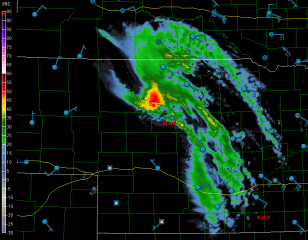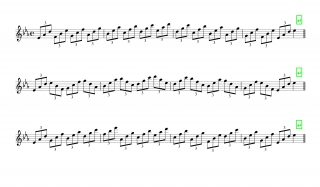Here on the back end of a 996 mb low, dry Canadian air has dropped the moisture along with the heat in Caledonia, Michigan. We’re presently socked in with clouds, and temperatures are supposed to peak at just 65 degrees. It feels a lot like fall outside.
This latest cold front has meant business, and to me it signifies the arrival of autumn’s transitional weather pattern–a time when the upper atmosphere begins to cool and conditions become more conducive to bouts of severe storms.
Our next round of stormy weather may be arriving by next weekend. Granted, it’s pretty early to be looking so far ahead, but the SPC has been eyeballing the next trough in their long-range discussions with a good amount of confidence. Seems like a question not of whether something will happen, but when.
Not having access to many of the SPC’s forecasting tools, I have to go by what’s available to me. The GFS and Euro both depict a pretty deep trough. The GFS, typically, wants to move it along faster than the Euro, but both models agree that there will be something there to move. Both also show a robust surface low developing and drawing in dewpoints in the mid 60s. The northern plains may get hammered later this coming week. By the weekend, Michigan may get a crack at some severe storms. Or not. The crystal ball is murky this far out, and as always, the caveat is, we’ll find out when we find out.
Whatever happens, it’s nice to think that the weather machine may be lurching out of the summer doldrums and getting set to ramp up the action. September furnishes some nice opportunities for taking photos of squall lines blowing in at the lakeshore. Maybe this will be one such occasion. Maybe it’ll be even better than that. It’s not premature to cross our fingers.






